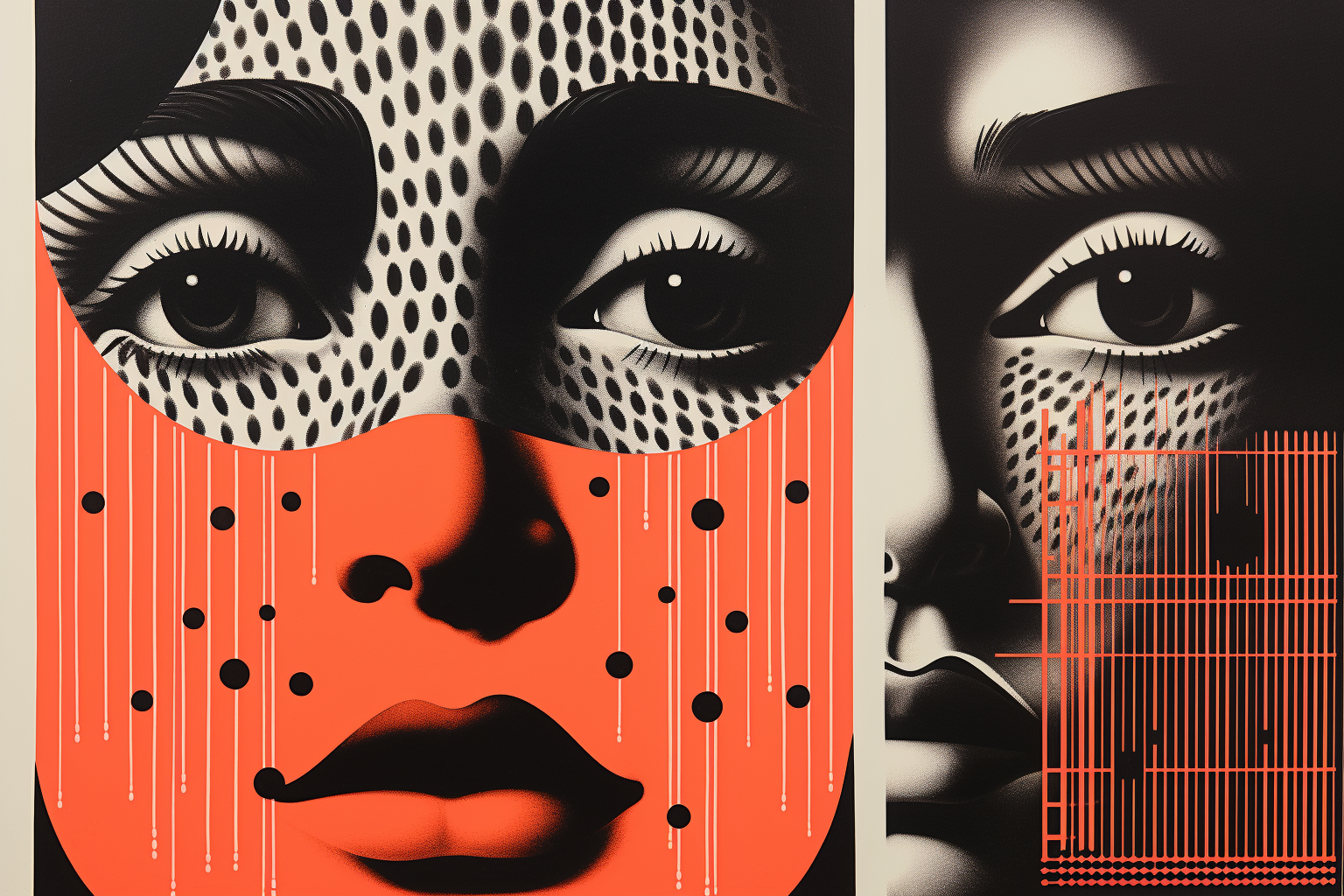Dive into a space where design truly speaks. Here, we don't just touch on the surface, we dig deep into the blueprint of creativity. Ready to join the dialogue? With The Collective, every chat is a chance to design anew. Let's get the conversation started!
Conversations About Design
Design Leadership & Business Strategies: The Collective
Hyperreality and Simulation
Both Marshall McLuhan and Jean Baudrillard were prophets of the media landscapes of their times. McLuhan's insights on media's influence on perception paired with Baudrillard's notions of hyperreality and simulation provide a profound lens through which we can evaluate today's world of virtual reality (VR), augmented reality (AR), and simulated experiences.
Accessibility
Marshall McLuhan’s dictum, "the medium is the message," reminds us that the form of a medium embeds itself in the message, creating a symbiotic relationship by which the medium influences how the message is perceived. In today's context, this perspective holds significant importance when we talk about accessibility in design. Ensuring that technology is universally accessible sends a powerful message about inclusivity and equality in the digital era.
Environment and Design
Marshall McLuhan was adept at observing the interplay between media, technology, and society. Given today's pressing environmental concerns, one could imagine him delving into the ethics of design through the lens of sustainability. By considering the "message" of our modern tools and platforms, designers can have a profound impact on creating a more sustainable future.
Global Village Revisited
Marshall McLuhan's "global village" metaphor beautifully encapsulated the shrinking of the world through technology, where people, regardless of physical distance, could feel as close as neighbors. Today's digital landscape gives this vision more relevance than ever. But as we delve deeper, we realize that this closeness is a double-edged sword. Let's explore how design plays a role in either uniting or dividing the global village and what to consider in this evolving media landscape.
Algorithmic Ethics
Marshall McLuhan's belief that "the medium is the message" underscores the profound ways in which the tools and technologies we use shape our perceptions, behaviors, and society. Algorithms, as dominant mediums in the digital age, carry their own messages, influencing not just what we see, but how we think, decide, and understand the world. Here's a dive into algorithmic ethics inspired by McLuhan's insights:
Invisibility is in the Medium of the Beholder
Marshall McLuhan's observations about media were profound and far-reaching. He famously stated that the "medium is the message," implying that the medium itself shapes and controls the scale and form of human association and action. As design becomes more intuitive and pervasive, it tends to fade into the background, becoming "invisible." This invisibility, while beneficial in many ways, raises ethical concerns that designers must address in our interconnected, digital age.
Sensory Balance in 2023 and Beyond
Marshall McLuhan, with his deep insights into media and its impacts, was acutely aware of how each medium can influence and even reshape our sensory engagement. The dominance of particular media can amplify some senses while diminishing others.
Technology and Human Identity in the Digital Age
Marshall McLuhan, the media theorist known for coining the phrase "the medium is the message", was deeply interested in the ways that technology and media shape human culture and identity. In the context of our current digital age, we can extrapolate from McLuhan’s ideas to provide insight into the relationship between design, technology, and human identity.
Re-Read McLuhan. Now.
McLuhan's unique perspective would undoubtedly provide fresh and profound insights into the ethical dimensions of today's design landscape.









